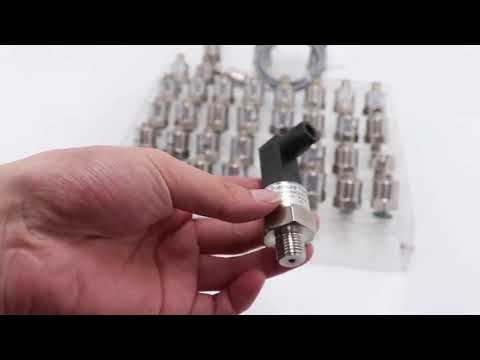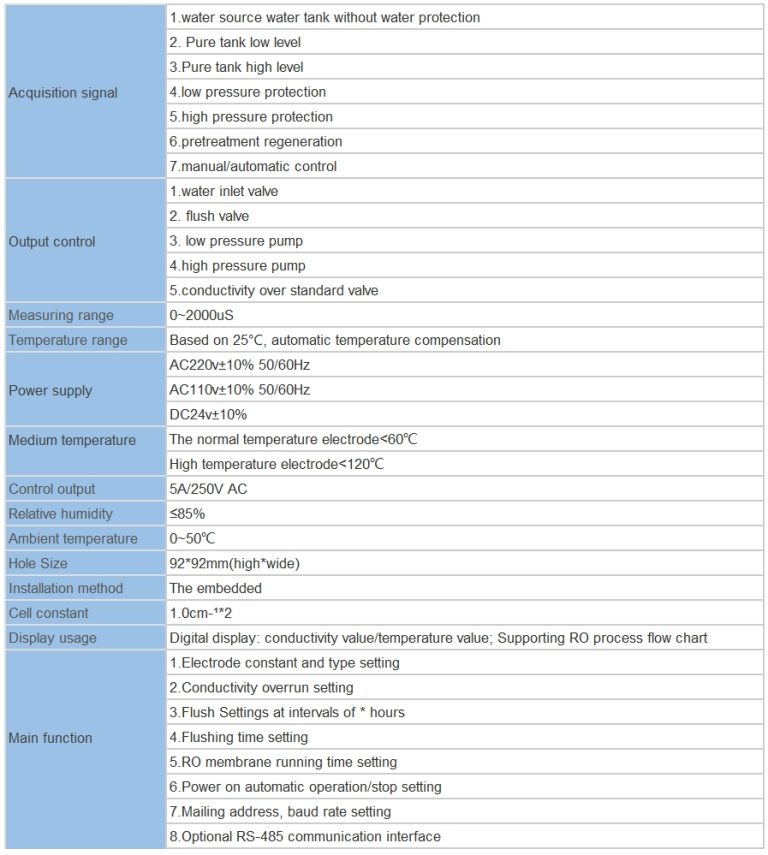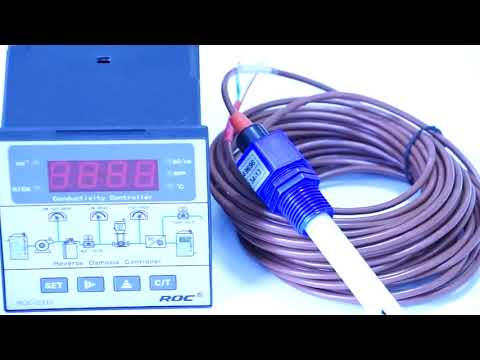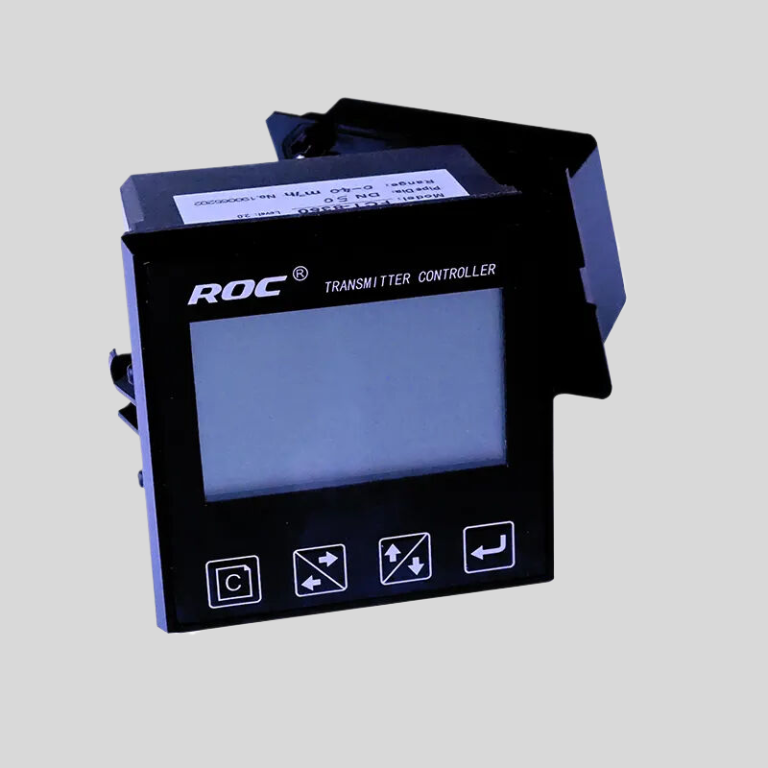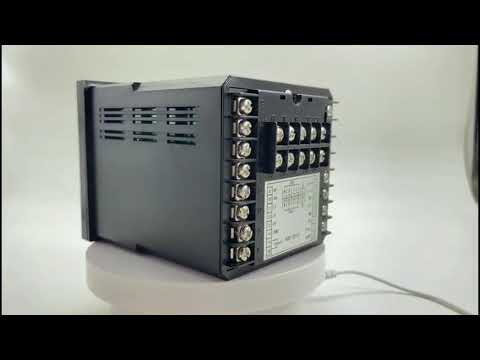Table of Contents
Benefits of Implementing a Water Quality Monitoring System Using IoT
Water quality monitoring is a crucial aspect of ensuring the safety and sustainability of our water resources. With the advancement of technology, the Internet of Things (IoT) has emerged as a powerful tool for monitoring and managing water quality in real-time. In this article, we will explore the benefits of implementing a water quality monitoring system using IoT and how it can revolutionize the way we monitor and manage water resources.
One of the key benefits of using IoT for water quality monitoring is the ability to collect real-time data from various sensors placed in different locations. This data can provide valuable insights into the quality of water at different points in a water system, allowing for early detection of any potential issues or contaminants. By having access to real-time data, water managers can make informed decisions quickly and take necessary actions to ensure the safety of the water supply.
Furthermore, IoT-based water quality monitoring systems can help in reducing operational costs and improving efficiency. Traditional water quality monitoring methods often require manual sampling and testing, which can be time-consuming and labor-intensive. With IoT, sensors can continuously monitor water quality parameters such as pH, turbidity, and dissolved oxygen, eliminating the need for manual sampling and reducing the cost of monitoring.
In addition to real-time monitoring and cost savings, IoT-based water quality monitoring systems can also improve the accuracy and reliability of data. By using sensors that are calibrated and maintained regularly, water managers can trust the data collected and make informed decisions based on accurate information. This can lead to better management of water resources and improved water quality for consumers.
Another benefit of implementing a water quality monitoring system using IoT is the ability to detect and respond to water quality issues quickly. In the event of a contamination or a sudden change in water quality parameters, IoT sensors can send alerts to water managers, allowing them to take immediate action to address the issue. This can help in preventing waterborne diseases and ensuring the safety of the water supply for consumers.
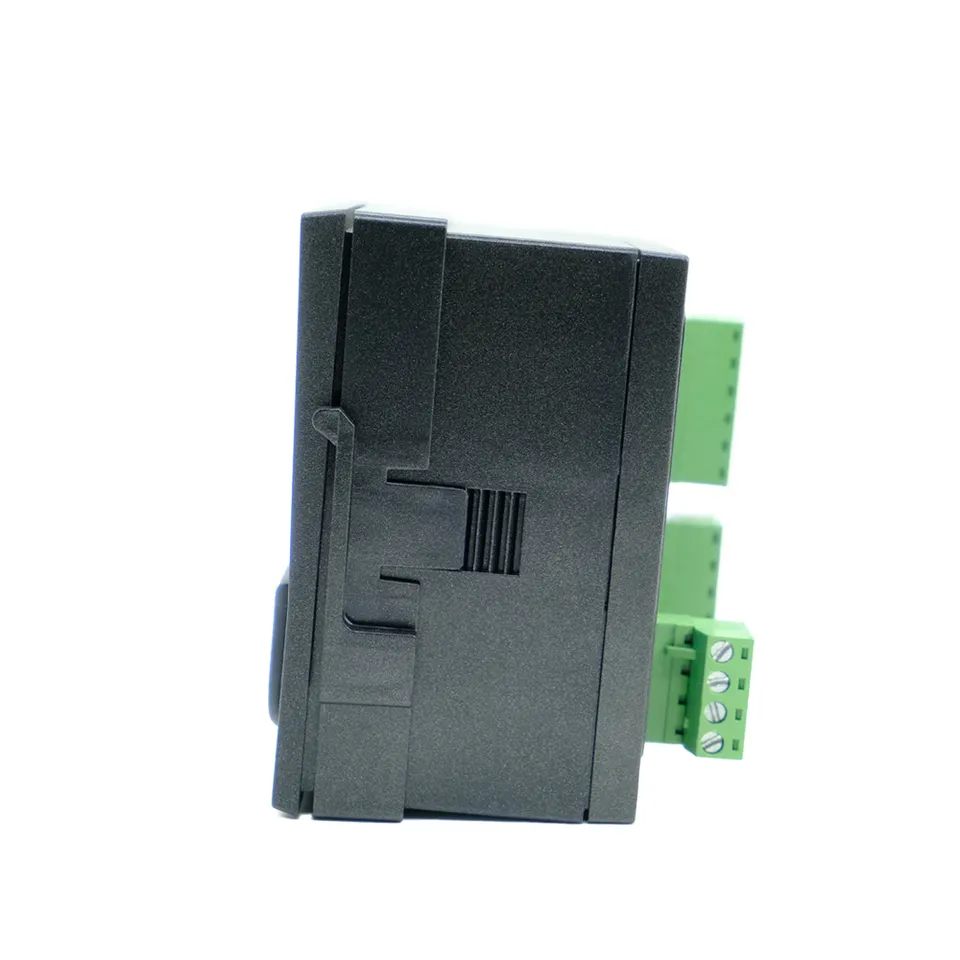
Moreover, IoT-based water quality monitoring systems can also help in predicting and preventing water quality issues before they occur. By analyzing historical data and trends, water managers can identify potential risks and take proactive measures to prevent contamination or deterioration of water quality. This proactive approach can help in maintaining the long-term sustainability of water resources and ensuring a safe and reliable water supply for future generations.
| Model | pH/ORP-9500 pH/orp meter |
| Range | 0-14 pH; -2000 – +2000mV |
| Accuracy | \\u00b10.1pH; \\u00b12mV |
| Temp. Comp. | Automatic temperature compensation |
| Oper. Temp. | Normal 0\\uff5e50\\u2103; High temp 0\\uff5e100\\u2103 |
| Sensor | pH double/triple sensor; ORP sensor |
| Display | LCD Screen |
| Communication | 4-20mA output/RS485 |
| Output | High/Low limit triple relay control |
| Power | AC 220V\\u00b110% 50/60Hz or AC 110V\\u00b110% 50/60Hz or DC24V/0.5A |
| Working Environment | Ambient temperature:0\\uff5e50\\u2103 |
| Relative humidity\\u226485% | |
| Dimensions | 96\\u00d796\\u00d7132mm(H\\u00d7W\\u00d7L) |
| Hole Size | 92\\u00d792mm(H\\u00d7W) |
| Installation Mode | Embedded |
In conclusion, implementing a water quality monitoring system using IoT can bring numerous benefits to water managers, consumers, and the environment. From real-time monitoring and cost savings to improved accuracy and reliability of data, IoT-based systems can revolutionize the way we monitor and manage water quality. By leveraging the power of IoT technology, we can ensure the safety and sustainability of our water resources for years to come.
Step-by-Step Guide to Creating a Water Quality Monitoring System Using IoT
Water quality monitoring is a crucial aspect of ensuring the safety and sustainability of our water resources. With the advancement of technology, the Internet of Things (IoT) has revolutionized the way we can monitor and manage water quality in real-time. In this article, we will provide a step-by-step guide on how to create a water quality monitoring system using IoT and present it in a PowerPoint presentation.
The first step in creating a water quality monitoring system using IoT is to identify the parameters you want to monitor. Common parameters include pH levels, dissolved oxygen, turbidity, temperature, and conductivity. These parameters can give you valuable insights into the health of the water and help you detect any potential issues early on.
Once you have identified the parameters you want to monitor, the next step is to select the appropriate sensors. There are a variety of sensors available on the market that can measure different water quality parameters. Make sure to choose sensors that are compatible with IoT technology and can provide accurate and reliable data.
After selecting the sensors, the next step is to set up the hardware components of the monitoring system. This includes connecting the sensors to a microcontroller or single-board computer, such as Arduino or Raspberry Pi. These devices will collect data from the sensors and transmit it to a central server or cloud platform using wireless communication protocols like Wi-Fi or LoRa.
Once the hardware components are set up, the next step is to develop the software for the monitoring system. This involves writing code to read data from the sensors, process it, and send it to the central server. You can use programming languages like Python or C++ to develop the software, depending on your preferences and expertise.
After developing the software, the next step is to set up the central server or cloud platform to receive and store the data from the monitoring system. You can use platforms like AWS IoT, Microsoft Azure, or Google Cloud Platform to host your data and create visualizations for easy monitoring and analysis.
Once the monitoring system is up and running, the final step is to create a PowerPoint presentation to showcase your project. Start by outlining the objectives of the project and the parameters you are monitoring. Include details about the hardware and software components used, as well as any challenges you faced during the development process.
Next, present the data collected by the monitoring system in the form of graphs, charts, and tables. This will help your audience understand the trends and patterns in water quality over time. You can also include any insights or recommendations based on the data analysis to improve water quality management practices.
In conclusion, creating a water quality monitoring system using IoT is a valuable project that can help protect our water resources and ensure their sustainability. By following the steps outlined in this guide and presenting your project in a PowerPoint presentation, you can showcase your work and raise awareness about the importance of water quality monitoring.

